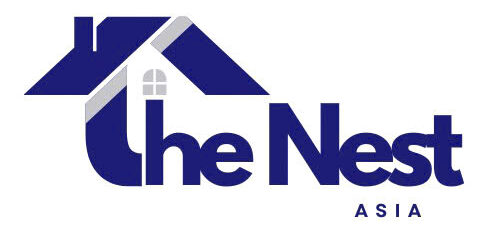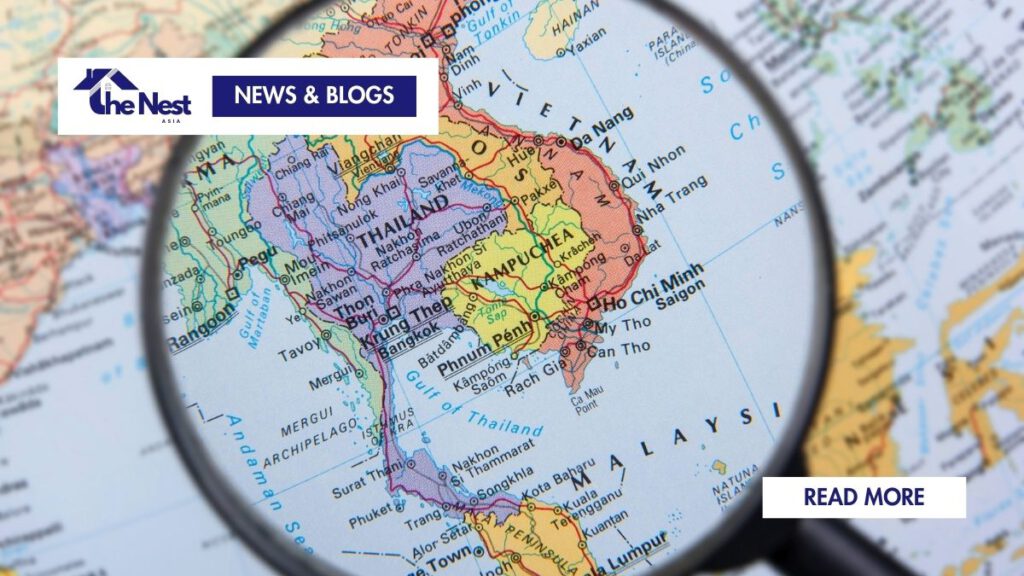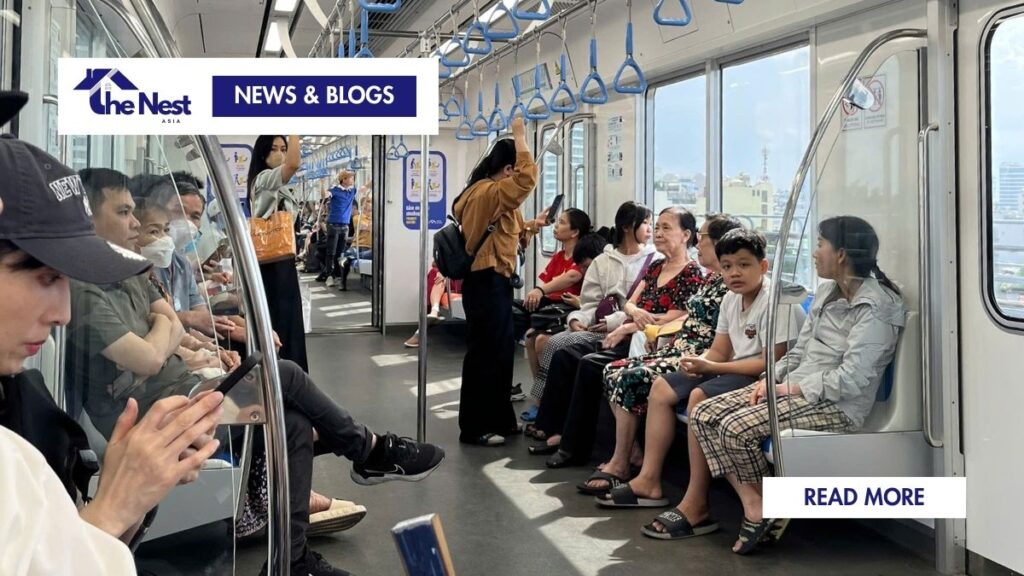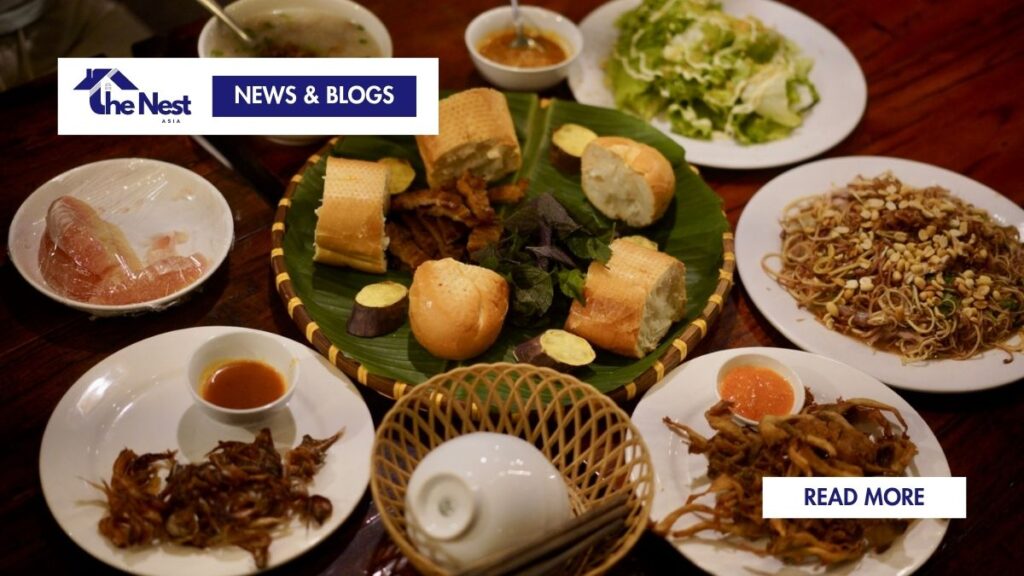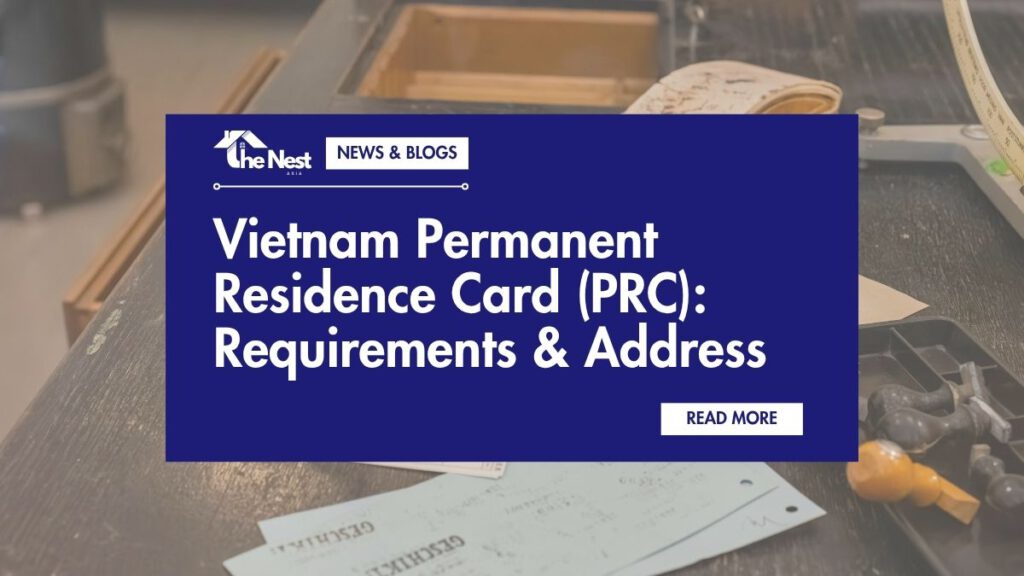Vietnam facts: The full name is Cộng Hòa Xã Hội Chủ Nghĩa Việt Nam (the Socialist Republic of Vietnam), a country in Southeast Asia known for its characteristics of Vietnam, including its remarkable geographical diversity and strategic importance. Nestled on the eastern edge of the Indochinese Peninsula, it boasts lush highlands, sprawling deltas, and a 3,260-kilometer coastline along the South China Sea. These unique features shape Vietnam’s culture, economy, and lifestyle.
With a population of over 100 million, Vietnam is a rising power in developing countries. The background of Vietnam is rich with history, from ancient dynasties to modern transformations.
As a country in Southeast Asia, Vietnam’s terrain and strategic location make it an attractive destination for expatriates, investors, and adventurers. In this blog, we’ll explore how these Vietnam facts define its place in the region and why it is becoming an emerging magnet for people from all around the world.
Vietnam is a Country in Southeast Asia
Vietnam facts highlight that Vietnam is strategically located, bordered by China to the north, Laos and Cambodia to the west, and the South China Sea to the east. This unique Vietnam land provides several key advantages:
- Proximity to Major Asian Economies: With its location near major global trade routes and economies like China, Japan, and South Korea, Vietnam is a country in Southeast Asia that is well-positioned for economic growth.
- Gateway to ASEAN: As a member of the Association of Southeast Asian Nations (ASEAN), Vietnam serves as a vital bridge for trade and logistics between Northeast and Southeast Asia, reinforcing its strategic role in the region.
- Access to Maritime Trade: With its long coastline along the South China Sea, Vietnam’s thriving seaports are essential for exports and its continued economic growth, making it a key player in developing countries globally.

Strengths
- Easy access to global supply chains: Positioned near major trade routes, Vietnam benefits from seamless connectivity to international markets.
- Central role in regional political and economic frameworks: As a key member of ASEAN and other regional organizations, Vietnam plays an important role in political and economic affairs.
- Tourism appeal: Vietnam’s diverse landscape, featuring beautiful beaches, mountains, and heritage sites, makes it an attractive destination for tourists.
Challenges
- Border tensions and territorial disputes in the South China Sea: Vietnam faces ongoing geopolitical issues, particularly related to disputes over maritime territory in the South China Sea.
- Vulnerability to typhoons and climate change: Vietnam is prone to natural disasters, especially typhoons, and faces long-term risks from climate change, impacting agriculture and infrastructure.
Vietnam Population Overview
As of 2024, Vietnam’s population is estimated to exceed 100 million people, making it the 15th most populous country in the world and the third most populous in Southeast Asia, after Indonesia and the Philippines.
- Demographics: The population is young and dynamic, with a median age of around 32. This youthful workforce drives innovation and consumer growth.
- Urbanization Trends in Vietnam: Around 40% of the Vietnam population resides in urban areas, with cities like Ho Chi Minh City, Hanoi, and Da Nang experiencing rapid growth.
Explore Vietnam Facts and Discover the Local Culture and History on Our Tour!
Vietnam Regional Geography and Characteristics
Vietnam, with its diverse characteristics of Vietnam, is divided into three major regions: Northern, Central, and Southern Vietnam. Each region boasts unique Vietnam land features, climates, and population patterns. The Vietnam background is shaped by these regional differences, influencing its culture, economy, and way of life.
Northern Vietnam (Miền Bắc)
Geographic Highlights: Vietnam’s land is characterized by mountainous terrain (Hoang Lien Son range), and the Red River Delta, which significantly shapes the country’s climate and economy.
Key Provinces: Hanoi (capital), Hai Phong, Quang Ninh, Lao Cai, Yen Bai
Population Centers: The Vietnam population is densely concentrated in the delta, with ethnic minorities residing in the highland provinces.
Climate: Vietnam experiences four distinct seasons, with cooler winters in the northern regions.
Seasonal Details:
- Spring (February – April): Mild temperatures, light rain, blooming flowers, and Tet celebrations.
- Summer (May – August): Hot and humid, with frequent thunderstorms and heavy rain.
- Autumn (September – November): Pleasant weather with cooler temperatures and clear skies.
- Winter (December – January): Cold and dry, especially in the highlands, where fog and drizzle are common.
Economic Focus: Government, education, manufacturing, and agriculture dominate the northern region. The Red River Delta is fertile and supports rice, vegetable, and aquaculture farming. Hanoi and Hai Phong are key administrative and industrial centers in Vietnam.
Why These Industries Thrive: Vietnam’s proximity to China, a strong infrastructure, and a highly educated workforce contribute to the thriving political, technology, and logistics sectors in the north.
Cultural Influence: Northerners are often seen as traditional, serious, and politically aware. Their demeanor reflects centuries of Confucian influence, positioning the north as the cultural cradle of the nation, with deep historical and political roots.
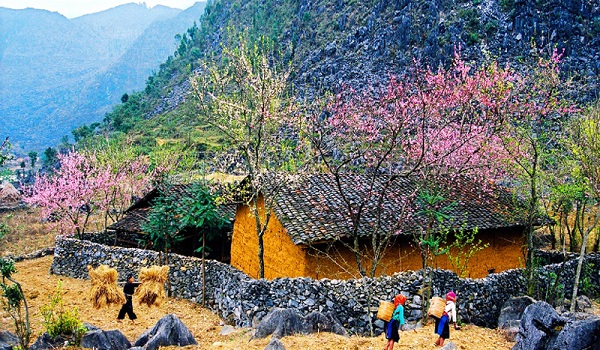

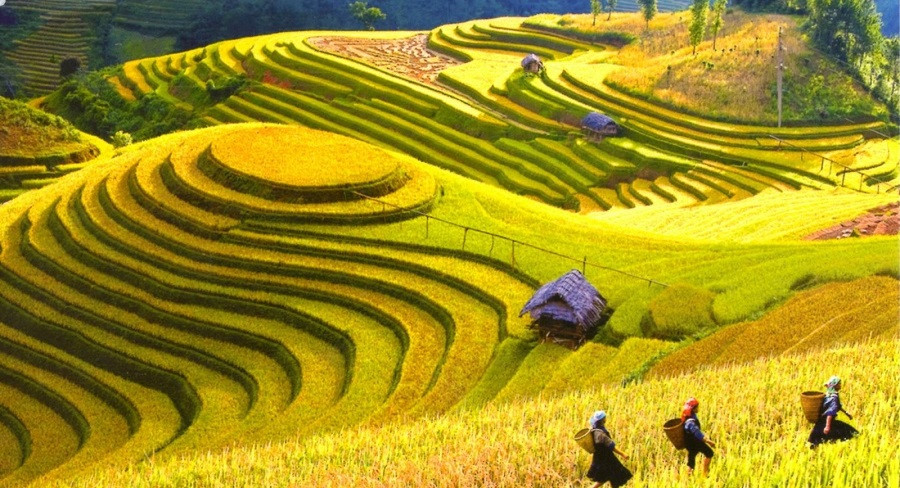
Central Vietnam (Miền Trung)
Geographic Highlights: The central region of Vietnam is known for its characteristics of Vietnam, featuring narrow coastal plains, the Truong Son Mountains, and sandy beaches.
Key Provinces: Danang, Thua Thien-Hue, Quang Nam, Quang Ngai, Binh Dinh, and Nha Trang are prominent provinces in this area.
Climate: The region has a tropical monsoon climate with distinct dry and rainy seasons, and is prone to storms and typhoons.
Seasonal Details:
- Dry Season (January – August): Generally hot and sunny, with especially dry and hot periods from May to August.
- Rainy Season (September – December): Frequent heavy rains, occasional flooding, and storms caused by typhoons.
Economic Focus: The economy is centered on tourism, fisheries, and light industry. The region’s coastal position supports marine-based industries, while its historic cities fuel cultural tourism.
Why These Industries Thrive: The central region’s long coastline and rich history attract tourists, while abundant marine resources contribute to a thriving fishing industry.
Livelihoods: Many people in the region work in tourism, fishing, and agriculture, with a particular focus on rice, sugarcane, and rubber.
Cultural Influence: The people of Central Vietnam are known for their resilience and humility, qualities shaped by the region’s harsh climate and its Vietnam background of wartime devastation.
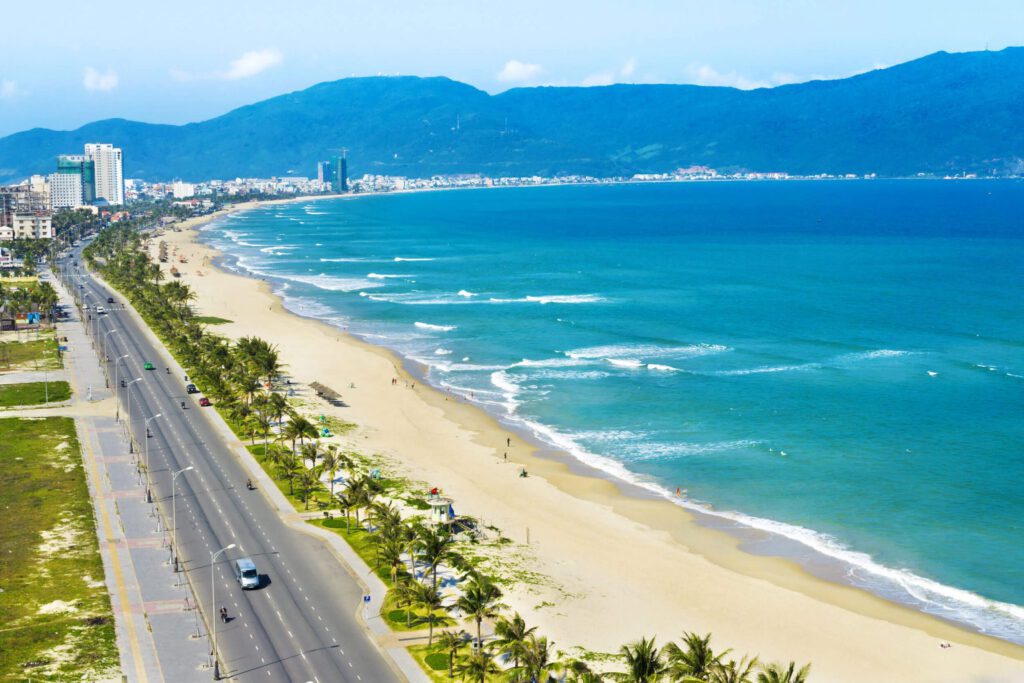
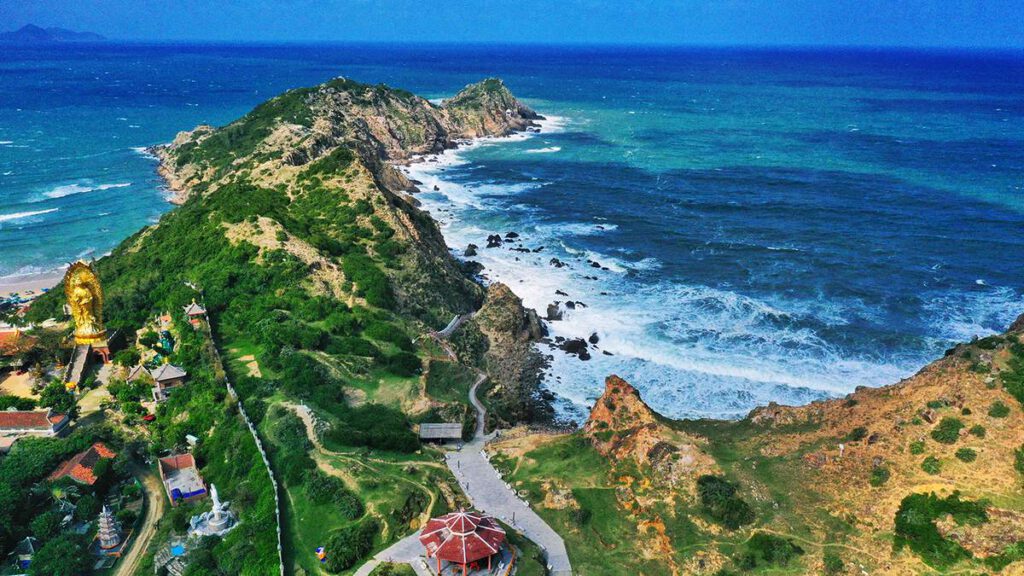
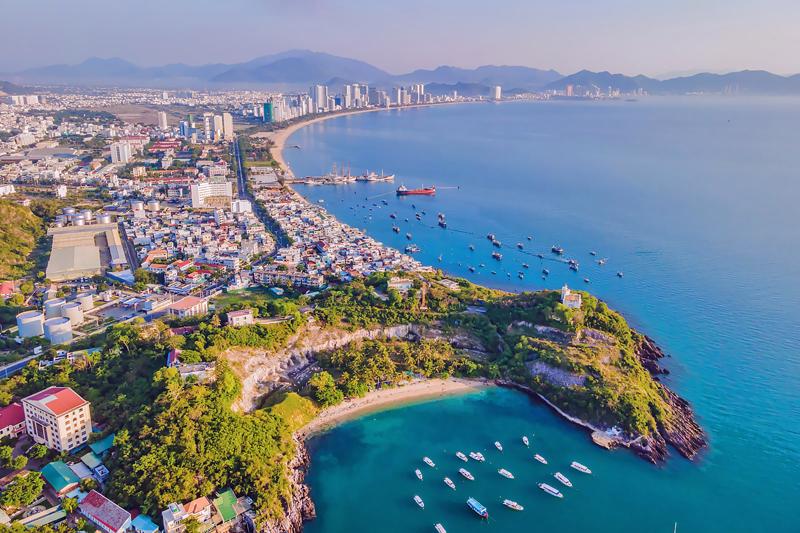
Southern Vietnam (Miền Nam)
Geographic Highlights: The Mekong River Delta is known for its flat and fertile land, which plays a significant role in Vietnam’s agricultural output.
Key Provinces: Ho Chi Minh City, Can Tho, Dong Nai, Binh Duong, Vung Tau
Population Centers: Highly urbanized and industrialized, with a concentration of the Vietnam population in these thriving regions.
Climate: The region experiences a tropical climate with two distinct seasons: the dry season and the rainy season.
Seasonal Details:
- Dry Season (December – April): Warm and sunny with low humidity, ideal for agriculture and travel.
- Rainy Season (May – November): Hot and humid, with frequent afternoon showers and occasional flooding in low-lying areas.
Economic Focus: The region’s economy revolves around trade, finance, manufacturing, logistics, and agriculture. Ho Chi Minh City serves as the financial hub, while the Mekong Delta is crucial for rice, fruit, and seafood production.
Why These Industries Thrive: The flat land and large river systems in the south, combined with proximity to major ports, support robust industrial and agricultural development.
Livelihoods: Residents are engaged in commerce, export industries, and agribusiness, taking advantage of the fertile Vietnam land.
Cultural Influence: Southerners are often described as open, entrepreneurial, and optimistic, reflecting the region’s economic dynamism and the influence of its Vietnam background, which emphasizes frontier-style development.
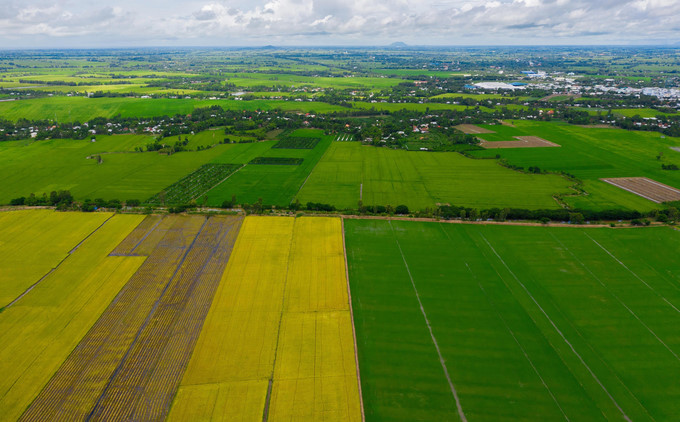
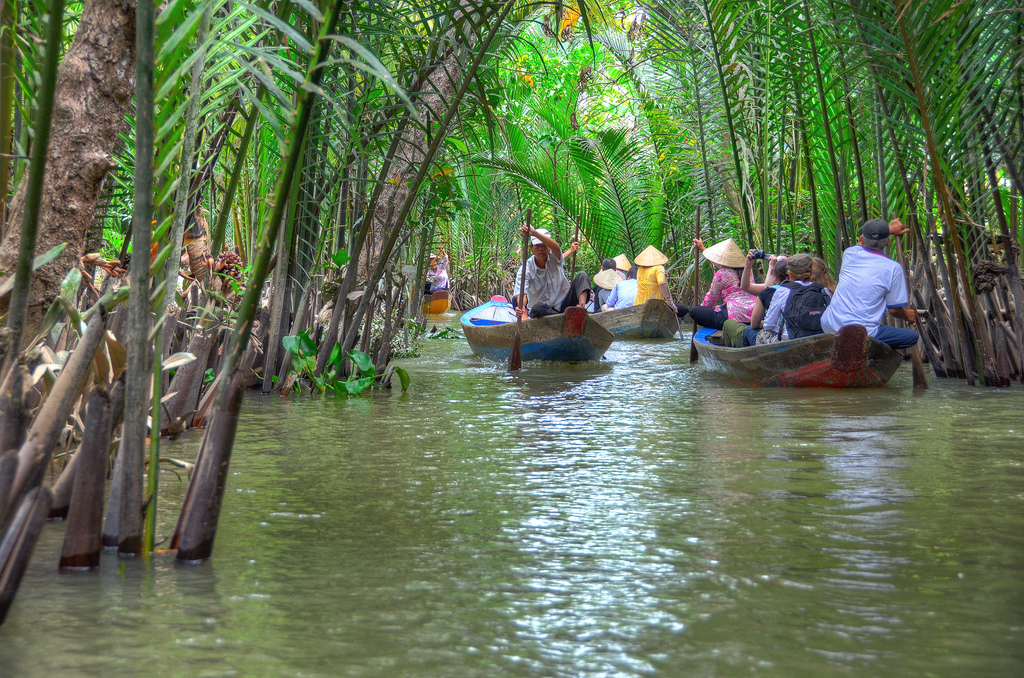
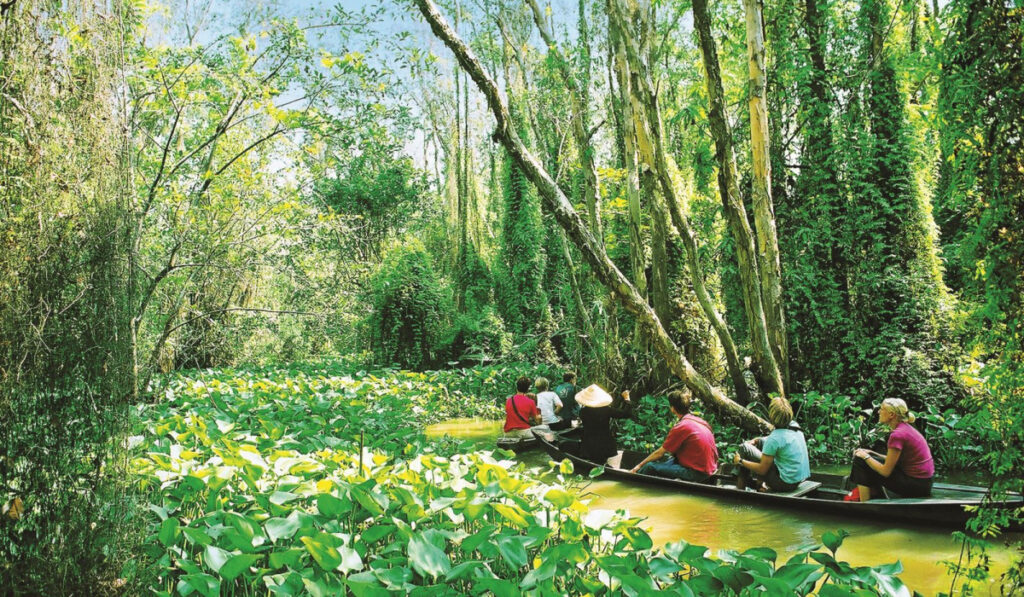
Some Other Vietnam Facts
Ethnicity in Vietnam
Vietnam is a multi-ethnic country with 54 ethnic groups coexisting peacefully, with the Kinh people making up 86% of the Vietnam population. The remaining 53 ethnic groups are primarily located in the mountainous areas and midlands, especially in the Northern and Northern Central regions. These ethnic minorities experience varied levels of development across the country. Each group possesses its own unique culture, and their beliefs and religions are also diverse, contributing to the rich tapestry of Vietnam’s background.
Vietnam Cuisine
The cuisine of Vietnam is a delightful surprise for many visitors and an essential part of the Vietnam experience. One of the key characteristics of Vietnamese food is its freshness, with ingredients typically bought the same morning from local markets. Popular Vietnamese dishes include pho, a rice noodle soup often eaten for breakfast; cha gio, deep-fried spring rolls; and goi ngo sen, a refreshing salad made with lotus stems, shrimp, and peanuts. With the strong influence of Buddhism in Vietnam, vegetarian options are widely available throughout the country.
Electricity Supply
The standard voltage in Vietnam is 220V, though 110V is also used in some areas.
Communication Services
International phone charges can be high in Vietnam, and many hotels add extra fees. Faxes can be sent from hotels, business centers, and post offices, though rates may vary. Email and internet access are readily available in most hotels.
Vietnam Public Holidays
- January 1: New Year’s Day
- January/February: Tet or Vietnamese New Year. The actual dates vary each year based on the lunar calendar. Officially a 3-day holiday, but many businesses close for an entire week. This is the busiest travel period in Vietnam, so hotels, flights, and trains are often fully booked.
- April 30: Victory Day
- May 1: International Labour Day
- September 2: National Day
Discover more fascinating Vietnam facts here!
Conclusion
Vietnam facts highlight the country’s unique geography, which plays a pivotal role in shaping its identity and potential. With its prime location in Southeast Asia, a vibrant Vietnam population, and diverse landscapes, it offers abundant opportunities for those who understand it. Whether you’re drawn to its scenic coastlines, dynamic cities, or rich cultural heritage, Vietnam provides a setting that continues to attract people worldwide. For expatriates, understanding Vietnam land and its key characteristics is the first step to feeling at home in this hidden gem of developing countries.
About Us
The Nest Asia is a one-stop resource offering comprehensive information, practical relocation advice, cultural insights, valuable connections, and trusted services to help expatriates living in Vietnam navigate the transition, overcome challenges, and build a fulfilling life abroad. Starting your journey in a new country can often feel overwhelming. The Nest Asia is your trusted partner – we’re here to simplify that process and ultimately make Vietnam feel like home for you and your loved ones.
Schedule a Meeting
Disclaimer: The Nest Asia is not an authorized provider of official government or non-government services. The information provided is intended for general guidance only. While we strive to offer accurate and timely information, we make no representations or warranties regarding its completeness or accuracy.
